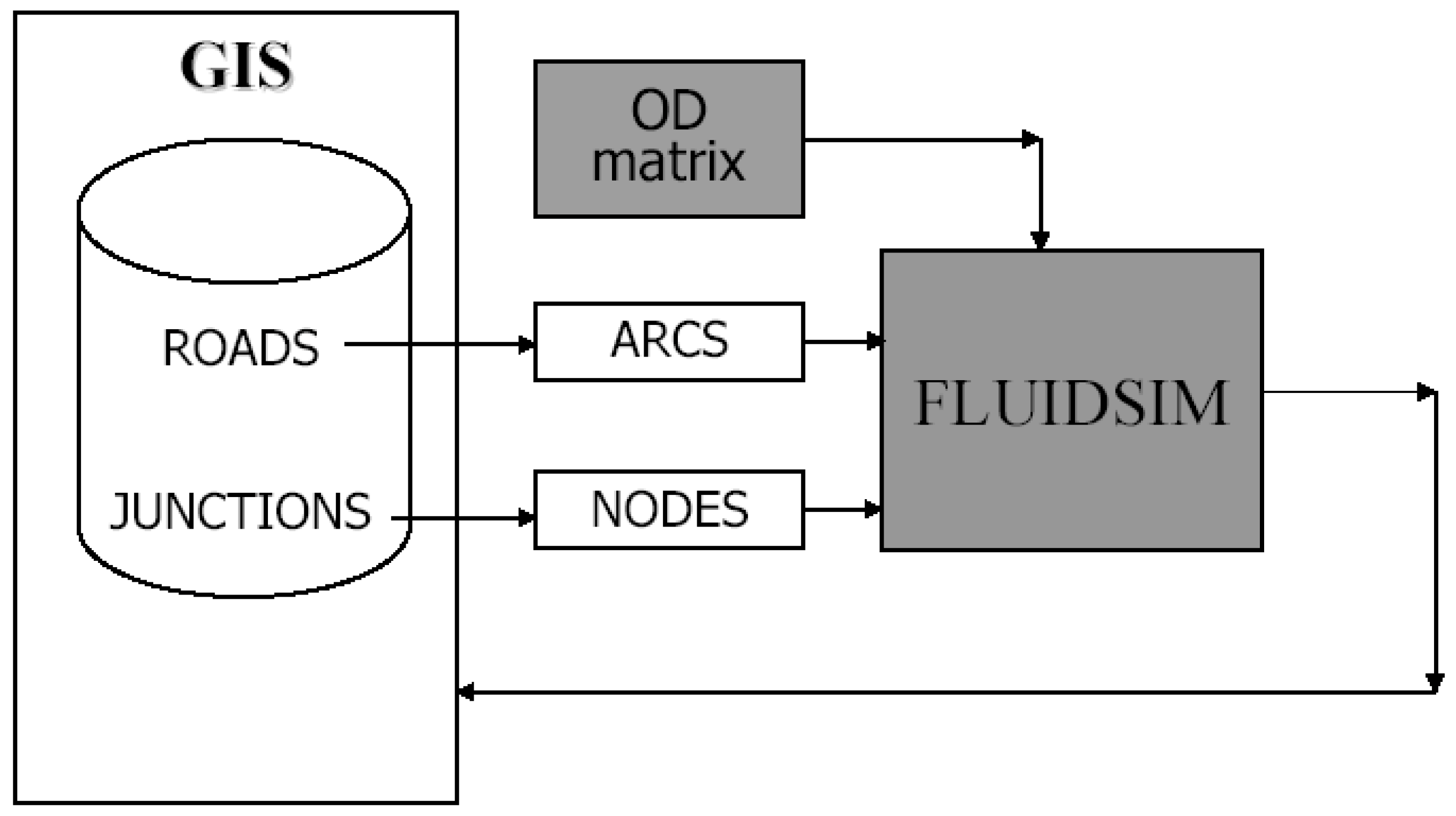

Computationally intensive tasks such as time-stepping and linear algebra operators which are used in every single iteration must be offloaded to compiled extensions. Numpy functions and data types are sufficient for applications such as initialization and postprocessing operations, since these functions are used sparingly. However, this is done without compromising performance, by making use of libraries such as Numpy, and optimized compilers such as Cython and Pythran. 1įor the above reasons, majority of fluidsim’s code-base, in terms of line of code, is written using pure Python syntax.

In exceptional cases when computing time become more expensive, one can still use existing optimized and performance-tuned compiled libraries implemented in native languages as the core, and rely on high level programming languages to extend them for specific applications.
FLUIDSIM ONLINE HELP CODE
Therefore, developers should be willing to make small sacrifices in efficiency, to improve development time, code maintainability and clarity in general.

In other words, the cost of development outweighs the cost of computing time. In most research scenarios, it becomes apparent that man-hours are more expensive than computing time. In today’s world where clusters are moving from petascale to exascale performance, computing power is aplenty. We have also been able to use supercomputers of CIMENT/GRICAD, CINES/GENCI (grant 2018-A0040107567) and the Swedish National Infrastructure for Computing (SNIC).īalance between runtime efficiency and cost of development The source code is hosted at Bitbucket as a Mercurial repository /fluiddyn/fluidsim and the documentation generated using Sphinx can be read online at .įunding statement: This project has indirectly benefited from funding from the foundation Simone et Cino Del Duca de l’Institut de France, the European Research Council (ERC) under the European Union’s Horizon 2020 research and innovation program (grant agreement No 647018-WATU and Euhit consortium) and the Swedish Research Council (Vetenskapsrådet): 2013-5191. Three similar pseudo-spectral CFD codes based on Python (Dedalus, SpectralDNS) and Fortran (NS3D) are presented and qualitatively and quantitatively compared to fluidsim. We investigate the performance and scalability of fluidsim in a state of the art HPC cluster. However, this metapaper shall dwell only on the implementation and performance of its pseudo-spectral solvers, in particular the two- and three-dimensional Navier-Stokes solvers. Currently, fluidsim includes solvers for a variety of physical problems using different numerical methods (including finite-difference methods). The implementation details including optimization methods, modular organization of features and object-oriented approach of using classes to implement solvers are also briefly explained.

The present article describes the design aspects of fluidsim, which includes use of Python as the main language focus on the ease of use, reuse and maintenance of the code without compromising performance. Solvers in fluidsim are scalable, High-Performance Computing (HPC) codes which are powered under the hood by the rich, scientific Python ecosystem and the Application Programming Interfaces (API) provided by fluiddyn and fluidfft packages. It is developed as a part of FluidDyn project, an effort to promote open-source and open-science collaboration within fluid mechanics community and intended for both educational as well as research purposes. The Python package fluidsim is introduced in this article as an extensible framework for Computational Fluid Mechanics (CFD) solvers.


 0 kommentar(er)
0 kommentar(er)
